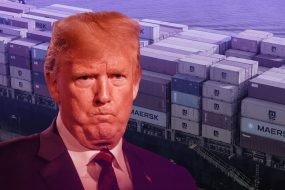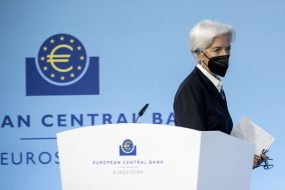
The European automotive industry, long a symbol of innovation and economic might, is hitting a critical crossroads. While sleek electric vehicles (EVs) and cutting-edge technology dominate auto shows, behind the scenes, factories are shuttering, jobs are vanishing, and once-unshakable manufacturers are bracing for an uncertain future. The culprits? A perfect storm of economic challenges, regulatory pressures, and intensifying global competition. Let’s dive into the numbers and stories shaping this upheaval.
Volkswagen: Europe’s Titan Under Siege
Volkswagen (VW), a behemoth in the automotive world, isn’t immune to the industry’s woes. Facing fierce competition from low-cost Chinese EVs and escalating production expenses, the company is slashing its workforce by over 35,000 employees across Europe. Early retirements and buyouts form the backbone of VW’s strategy to cut €1.5 billion annually in labor costs.
Beyond job cuts, VW is scaling back its manufacturing footprint. The iconic Golf model, a European staple, will no longer be assembled in Wolfsburg, Germany, but in Puebla, Mexico. Additionally, its Dresden plant is set to halt operations entirely. These changes underscore the seismic shifts VW must navigate to stay relevant in an era of rapid EV adoption.
Ford: Betting Big But Bleeding Jobs
Ford Motor Company has made bold commitments to an electric future, but the road is rocky. The automaker announced plans to cut 4,000 jobs in Europe, equivalent to 14% of its workforce in the region. These layoffs will heavily impact operations in Germany and the UK, as Ford grapples with sluggish EV sales and heightened competition.

In a bid to streamline its portfolio, Ford is focusing on profitable models, dialing down production of less popular vehicles. The company is learning a hard lesson: transitioning to EVs isn’t just about new technology; it’s about surviving a fiercely competitive market.
Stellantis: A Hard Road for Vauxhall
Stellantis, the parent company of brands like Peugeot, Fiat, and Vauxhall, recently dropped a bombshell on its UK operations. Its van-making plant in Luton is closing, jeopardizing 1,100 jobs. This decision highlights broader industry challenges in the UK, where regulatory requirements for EV adoption clash with declining consumer demand.
The Luton plant’s closure is emblematic of a larger crisis within the British auto sector. With escalating production costs and minimal government incentives, many manufacturers are reconsidering their future in the region.
Suppliers Feel the Squeeze
The pain isn’t confined to carmakers; suppliers are also in the firing line. Germany’s Schaeffler Group, a leading automotive parts supplier, announced 4,700 job cuts and factory closures across Europe. Similarly, French parts giant Valeo will eliminate around 1,000 jobs, citing reduced demand and fierce competition from Chinese imports.
These cutbacks reveal how deeply the industry’s restructuring efforts extend. With fewer orders from automakers and rising operational costs, suppliers are trimming their sails to weather the storm.
Why Is This Happening?
The European automotive industry is battling a host of interconnected challenges:
- Economic Headwinds: High inflation and a cost-of-living crisis have dampened consumer appetite for new vehicles, particularly EVs, which remain more expensive than their internal combustion counterparts.
- Global Competition: Chinese EV manufacturers are flooding the European market with affordable, high-quality models, forcing European brands to reevaluate their pricing and production strategies.
- Regulatory Pressures: Stricter emissions standards and the EU’s ambitious 2035 ban on internal combustion engines demand huge investments in new technologies.
- High Operating Costs: Europe’s energy prices and labor costs remain among the highest in the world, putting manufacturers at a disadvantage compared to competitors in Asia and North America.
The Road Ahead: Opportunity in Crisis?
Despite the grim headlines, this transformation also presents an opportunity. Manufacturers that embrace innovation and lean operations could emerge stronger. For example, startups and smaller brands, unburdened by legacy systems, may thrive in niche markets. Meanwhile, European governments are beginning to ramp up incentives for EV production and infrastructure, albeit slowly.

Still, the clock is ticking. If the European automotive sector doesn’t adapt quickly, it risks losing its status as a global leader in car manufacturing.
The industry that once defined Europe’s economic engine is being re-engineered in real time. Whether this transformation leads to renewal or decline depends on the decisions made in boardrooms and assembly lines today. The journey to a sustainable, competitive automotive future may be the hardest drive yet.













